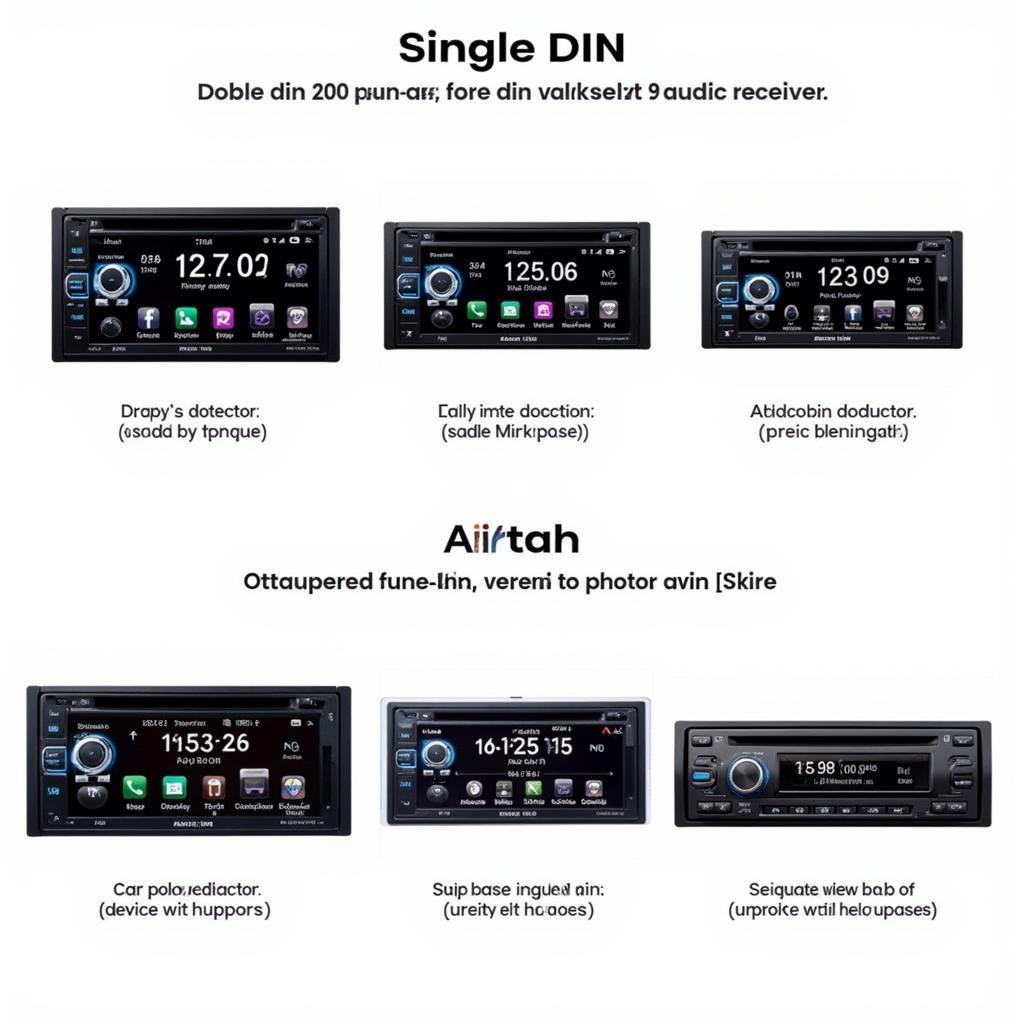The auto brake system warning light is a crucial safety feature in modern vehicles. It illuminates on your dashboard to alert you of a potential problem with your car’s braking system, particularly the anti-lock braking system (ABS) or electronic stability control (ESC). Ignoring this warning light can lead to decreased braking performance and increase the risk of accidents.
Understanding Your Car’s Braking System
Before we delve into the warning light, it’s helpful to understand the basics of your car’s braking system. Modern vehicles are equipped with:
- Hydraulic brakes: These are the foundation of your braking system, using brake fluid pressure to activate the calipers and stop the wheels.
- Anti-lock braking system (ABS): ABS prevents wheel lockup during hard braking, allowing you to maintain steering control.
- Electronic stability control (ESC): ESC helps prevent skidding and loss of control by selectively applying brakes to individual wheels.
These systems work in tandem to ensure safe and effective braking.
Common Causes of the Auto Brake System Warning Light
The auto brake system warning light can illuminate due to various reasons, ranging from minor issues to more serious problems:
- Low brake fluid: This is one of the most common causes. Brake fluid can leak, leading to decreased braking performance.
- Faulty ABS sensor: ABS sensors monitor wheel speed and relay information to the ABS control module. A malfunctioning sensor can trigger the warning light.
- ABS module issues: The ABS module is the brain of the system. If it experiences electrical or software problems, the warning light will activate.
- Brake pad wear: While not directly related to the auto brake system, worn brake pads can sometimes trigger the warning light as a precautionary measure.
- Wiring problems: Corroded or damaged wiring within the braking system can disrupt communication signals and lead to warning lights.
What to Do When the Auto Brake System Warning Light Comes On
Seeing this warning light illuminate can be concerning, but it’s crucial to remain calm and take the following steps:
- Safely pull over: Find a safe location to stop your vehicle as soon as possible.
- Check your brake fluid level: This is a quick visual inspection. If the fluid level is low, adding brake fluid might temporarily resolve the issue. However, it’s crucial to visit a mechanic to diagnose the underlying cause of the low fluid level.
- Avoid driving: If the warning light remains illuminated, it’s highly recommended to avoid driving your vehicle. Driving with a compromised braking system can be dangerous.
- Seek professional diagnosis: Use a professional automotive diagnostic scanner to read the specific trouble codes stored in your car’s computer. This will pinpoint the exact cause of the warning light.
Remote Diagnostics and Software Solutions
In some cases, the issue triggering the auto brake system warning light might be related to software or module programming. This is where remote diagnostics and software solutions come into play.
Here’s how it works:
- Connect your car: A certified technician remotely accesses your vehicle’s computer system via a secure connection.
- Diagnose the problem: The technician runs comprehensive diagnostics, similar to an in-person assessment, to pinpoint the root cause.
- Software reprogramming or updates: If the issue lies in software glitches or outdated modules, the technician can remotely reprogram or update the necessary components.
grand caravan brake warning light can often be resolved remotely, saving you time and potentially reducing repair costs.
Preventing Future Issues
While some brake system problems are unavoidable, you can take proactive steps to minimize the risk:
- Regular maintenance: Adhering to your vehicle’s recommended maintenance schedule, including brake fluid flushes and inspections, is crucial.
- Quality parts: When replacing brake components, use high-quality parts from reputable manufacturers.
- Attentive driving: Avoid harsh braking whenever possible, as it can put additional stress on your braking system.
Conclusion
The auto brake system warning light is a critical safety feature that should never be ignored. Understanding its meaning and taking prompt action can help you avoid potentially dangerous situations. Whether the solution involves a simple brake fluid top-up or more involved module reprogramming, addressing the issue promptly ensures your vehicle remains safe and reliable. Remember, professional diagnostics are key to accurate identification and repair of brake system problems.
FAQs
1. Can I drive with the auto brake system warning light on?
It’s highly discouraged to drive with this warning light illuminated. Doing so compromises your safety and can lead to further damage.
2. How much does it cost to fix an auto brake system issue?
The cost varies depending on the underlying cause. It can range from a minor repair, like an ABS sensor replacement, to a more expensive module replacement.
3. Can a low battery cause the auto brake system warning light to come on?
While rare, a severely low battery can sometimes disrupt the function of electronic systems, including the braking system.
4. How often should I check my brake fluid?
It’s a good practice to visually inspect your brake fluid level at least once a month.
5. Are aftermarket brake pads safe to use?
While many aftermarket brake pads are safe and effective, it’s crucial to choose reputable brands and ensure they are compatible with your vehicle’s make and model.
2003 dodge grand caravan brake warning light serve as an example of how specific car models might experience unique brake system issues.

